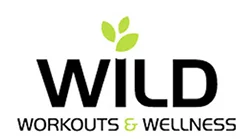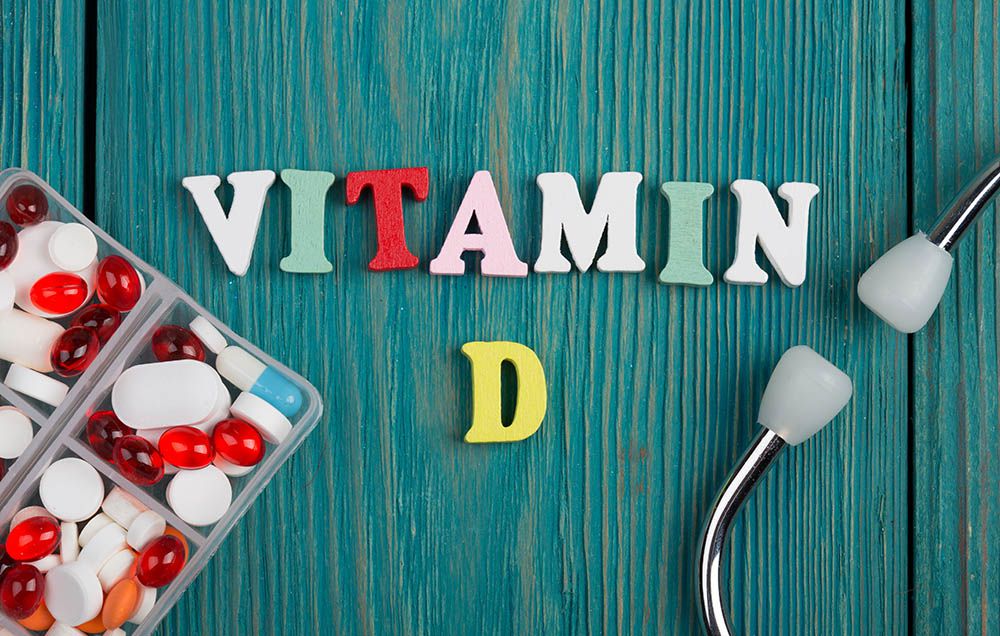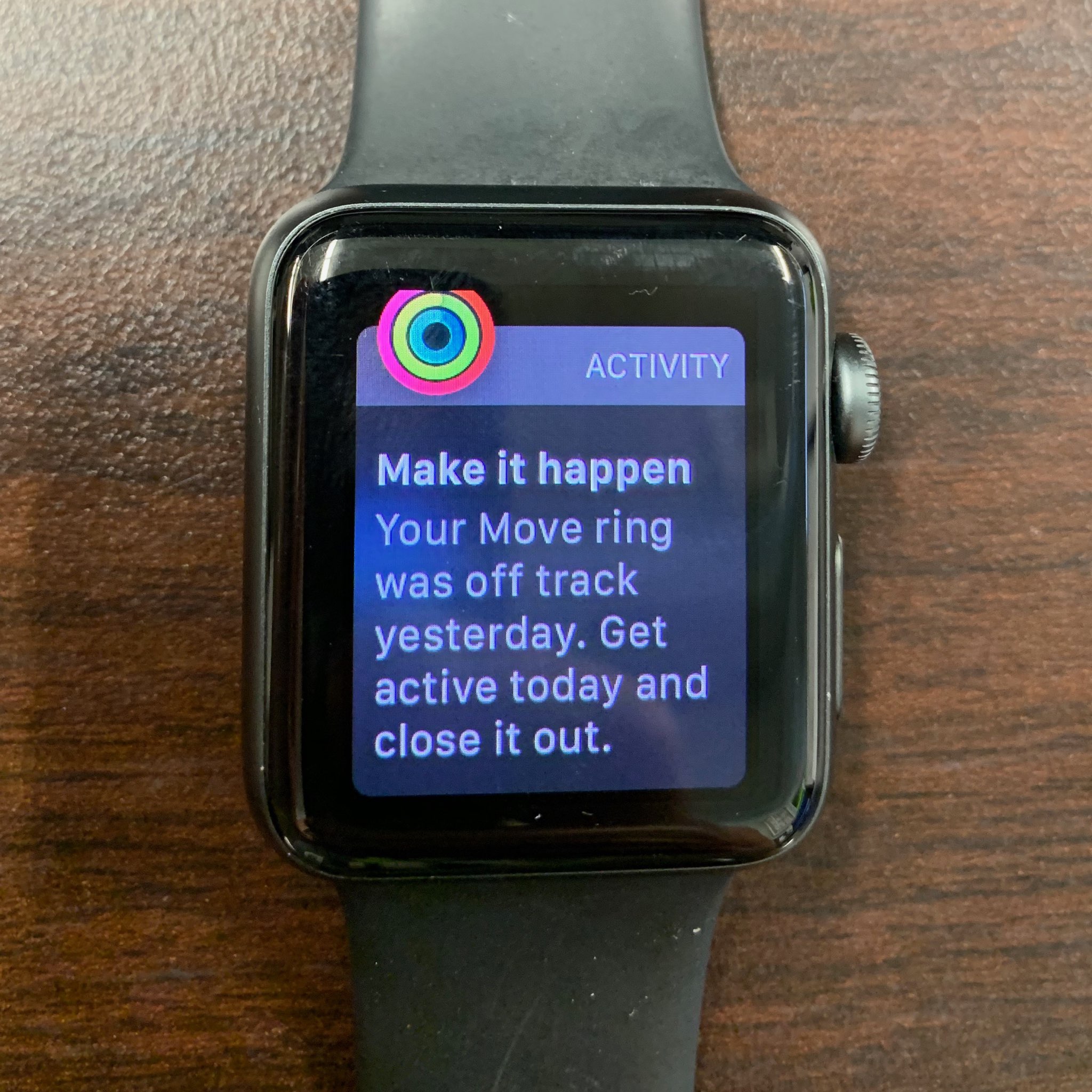If you live in Wisconsin there’s a very good chance that you are Vitamin D deficient. There’s been a slew of studies showing that at MINIMUM, 45% of the population is deficient and depending on the study as high as 72%!
September/October brings the end of summer and for many of us, that means less time in the sun. The sun’s rays provide ultraviolet B (UVB) energy and the skin uses it to start making vitamin D. And we don’t start spending quality time in the sun until May/June rolls around. There’s half a year where we are inside because its colder and the days are shorter lending itself to less sunlight available in general.
Vitamin D is best known for its vital role in bone health, without this “sunshine vitamin,” the body can’t absorb the calcium it ingests, so it steals calcium from bones, increasing the risk of osteoporosis and fractures.
Besides bone health, Vitamin D benefits extend to; a stronger immune response, helps counteract seasonal depression, helps regulate insulin levels, lowers inflammation and reduces muscle aches.
Vitamin D deficiencies are associated with a slew of health concerns, including an increased risk for Alzheimer’s disease, diabetes, osteoporosis and heart disease. Plus, if you’re diagnosed with a serious condition like prostate or breast cancer your chances of survival may be lower than someone with normal levels of vitamin D.
Under the right circumstances, 10 to 15 minutes of sun on the arms and legs a few times a week can generate nearly all the vitamin D we need. Unfortunately, as we’ve already discussed the “right circumstances” are elusive here in Wisconsin. What’s more, your skin’s production of vitamin D is influenced by age, skin color and sunscreen use.
Seasonal conditions would be less of a concern if diet provided adequate vitamin D. But there aren’t many vitamin D–rich foods! And we’d need to eat A LOT of them to get the suggested 800-1000 daily units.
This is where a Vitamin D supplement comes in! Vitamin D comes in two forms: D2 and D3. Of the two, D3 is more bioactive since that is the type our own skin produces.
This is why Wild stocks the shelves with Vitamin D3 and in February it’s 10% off, so grab yours now!






